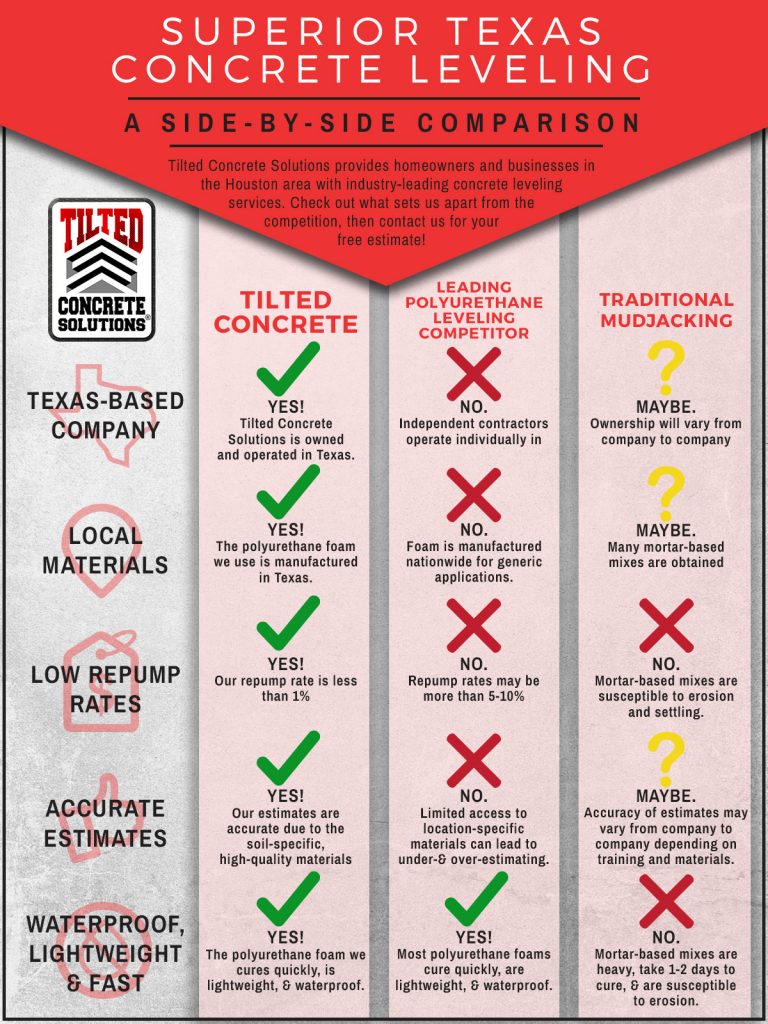Achieving a perfect paint job begins with meticulous wall preparation. From filling out flaws to priming surface areas, each action plays a crucial duty in the last result. But what regarding those challenging corners and edges that can make or damage the total look? Remain tuned to discover professional suggestions on just how to navigate these difficult areas with finesse, making certain a seamless surface that will elevate your space to new elevations of refinement.
Wall Surface Maintenance
Evaluating walls for any imperfections and immediately resolving them with essential repairs is critical for achieving a smooth and perfect paint job. Before beginning the painting procedure, meticulously check out the walls for splits, openings, damages, or any other damage that might influence the outcome.
Start by filling in any cracks or openings with spackling substance, enabling it to dry entirely prior to sanding it to produce a smooth surface area. For bigger dents or damaged locations, consider utilizing joint compound to make sure a seamless repair service.
Additionally, check for any type of loosened paint or wallpaper that may require to be removed. Remove any type of peeling paint or old wallpaper, and sand the surface area to develop an uniform structure.
It's additionally vital to evaluate for water damage, as this can lead to mold and mildew development and influence the bond of the brand-new paint. Deal with any water spots or mold with the proper cleaning remedies prior to waging the painting process.
Cleaning and Surface Prep Work
To ensure an excellent and well-prepared surface area for painting, the next step entails extensively cleansing and prepping the wall surfaces. Begin by dusting the wall surfaces with a microfiber cloth or a duster to remove any type of loosened dust, cobwebs, or particles.
For more persistent dirt or crud, a remedy of light detergent and water can be used to carefully scrub the walls, complied with by a complete rinse with clean water. Pay special attention to areas near light buttons, door takes care of, and baseboards, as these tend to collect even more dirt.
After cleansing, it is important to evaluate the wall surfaces for any type of cracks, openings, or blemishes. https://www.kcur.org/arts-life/2022-12-09/after-25-years-away-a-kansas-city-painter-returns-home-to-stretch-out-her-canvas-and-her-ambitions should be full of spackling substance and sanded smooth as soon as completely dry. Fining sand the wall surfaces gently with fine-grit sandpaper will certainly also aid develop an uniform surface area for paint.
Priming and Taping
Before painting, the walls need to be primed to guarantee proper bond of the paint and taped to protect nearby surfaces from roaming brushstrokes. Priming works as a critical action in the painting process, specifically for brand-new drywall or surfaces that have actually been covered or fixed. painting a straight line assists secure the wall surface, developing a smooth and consistent surface area for the paint to stick to. Furthermore, primer can enhance the durability and coverage of the paint, ultimately leading to an extra professional and resilient finish.
When it pertains to taping, utilizing painter's tape along trim, ceilings, and other surface areas you want to secure is important to accomplish clean and crisp paint lines. Painter's tape is designed to be quickly applied and eliminated without damaging the underlying surface area or leaving behind any type of residue. Make the effort to properly tape off locations prior to repainting to save on your own the inconvenience of touch-ups later.
Final thought
Finally, effectively preparing your walls prior to painting is essential for achieving a remarkable finish. By checking for blemishes, cleaning up extensively, priming the surface area, and making use of painter's tape for tidy lines, you can make sure a professional-looking paint work.
Putting in the time to complete these actions will lead to a smooth and long-lasting finish that enhances the total look of your space.
